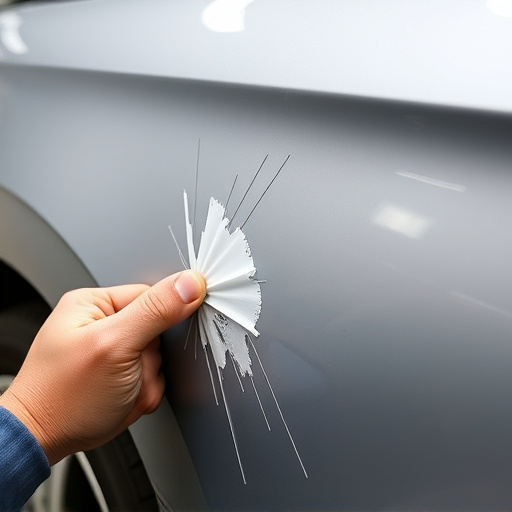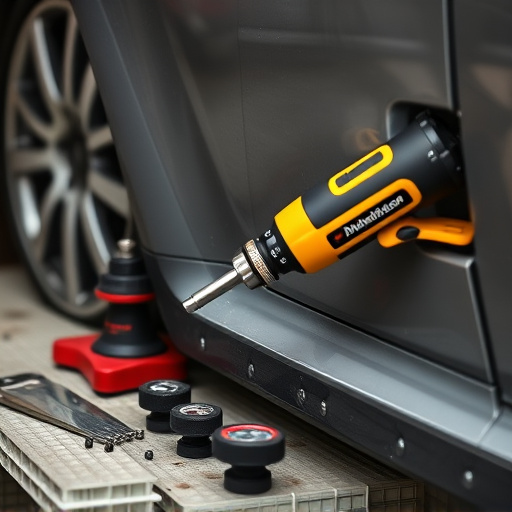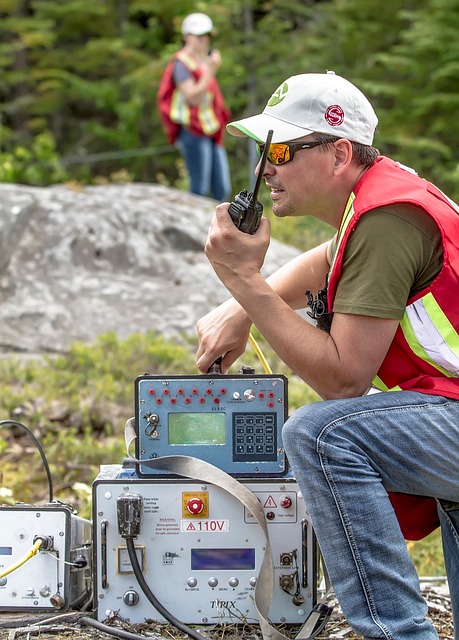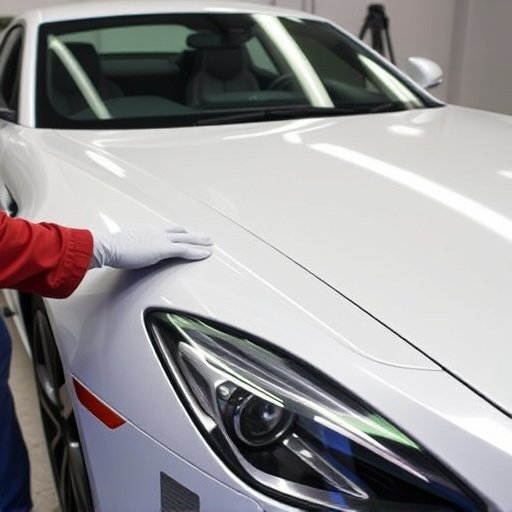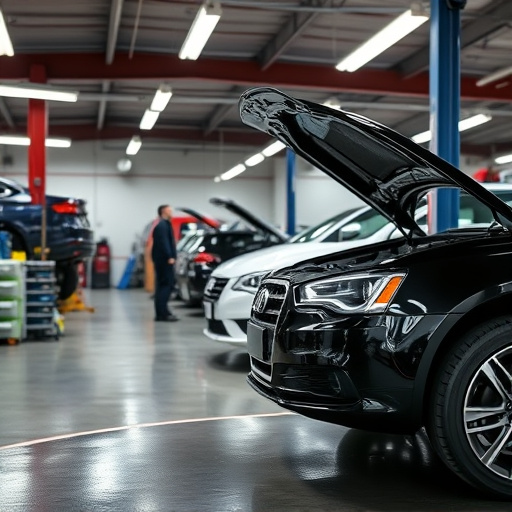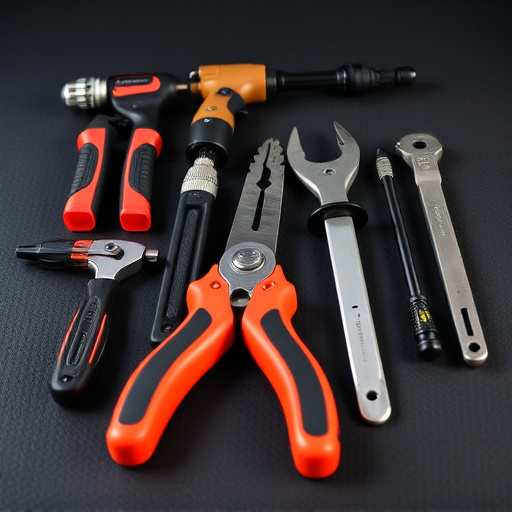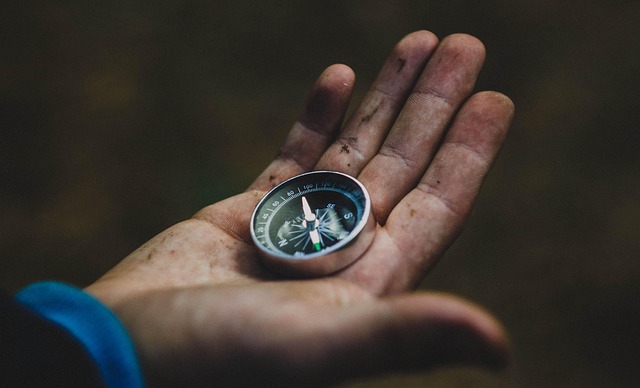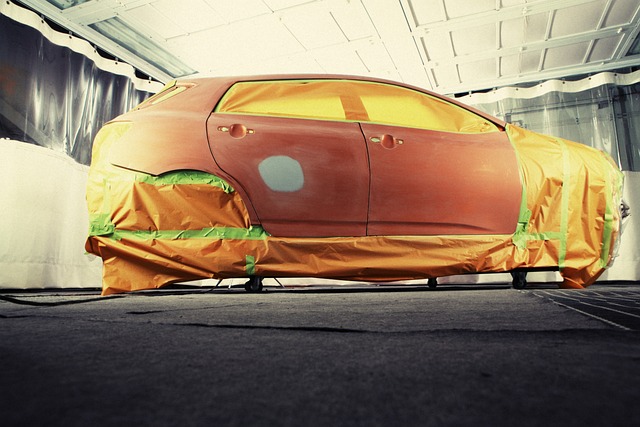Repainting plastic bumpers is key to maintaining color and achieving a seamless finish, addressing damage and customer expectations. The process involves meticulous preparation: debris removal, damage inspection, specialized repairs, primer application, airbrushing of chosen color, and clear coat addition for protection. Repainting offers aesthetic and functional benefits in vehicle maintenance, enhancing curb appeal and ensuring structural integrity, water resistance, and longevity of bumper repairs.
Repainting is an integral part of the plastic bumper repair process, ensuring a seamless and durable finish. This article delves into the necessity of repainting in plastic bumper repair, providing a comprehensive guide for the step-by-step process. We explore the benefits and considerations post-repainting, offering valuable insights for both professionals and DIY enthusiasts engaged in plastic bumper repair to achieve long-lasting, high-quality results.
- Understanding the Need for Repainting in Plastic Bumper Repair
- The Process of Repainting: Step-by-Step Guide
- Benefits and Considerations After Repainting Plastic Bumpers
Understanding the Need for Repainting in Plastic Bumper Repair
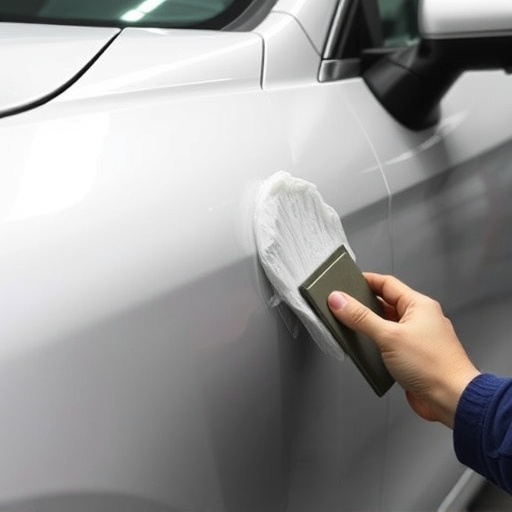
In plastic bumper repair, understanding the need for repainting is paramount. While basic repairs like dent removal or scratch repair might restore the surface to its original condition, they do not always address the underlying color integrity. Plastic, unlike metal, does not hold paint as effectively over time, especially if the initial damage was severe. Repainting becomes essential to ensure a seamless and consistent finish that matches the vehicle’s overall appearance. This process involves not just correcting visible imperfections but also preparing the surface properly to prevent future issues.
The decision to repaint is often driven by the extent of the damage and the customer’s aesthetic expectations. In cases where a significant dent or scratch has been repaired, repainting helps to blend the fixed area seamlessly with the rest of the bumper. This not only enhances the visual appeal but also ensures that the bumper retains its structural integrity. By taking this step, plastic bumper repair professionals can deliver a high-quality, long-lasting result that meets both functional and cosmetic standards.
The Process of Repainting: Step-by-Step Guide
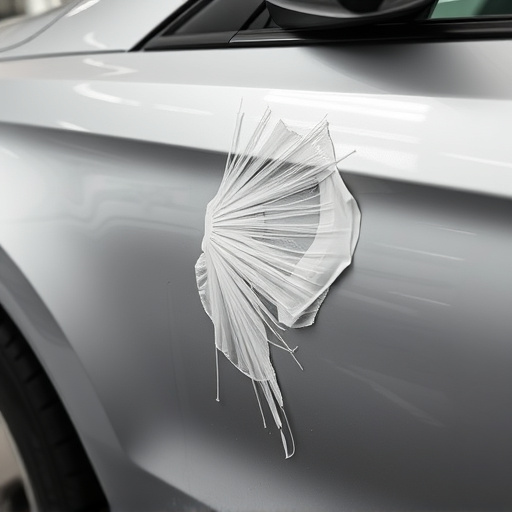
The process of repainting a plastic bumper involves several meticulous steps to ensure a flawless finish and precise color match. It begins with preparing the damaged area by removing any debris, dirt, or old paint. This step is crucial for a successful repair as it creates a clean surface for the new paint to adhere to. After thorough cleaning, the technician inspects the extent of damage, which could range from small scratches to significant cracks or dents.
Next, the affected section is repaired using specialized body shop services tailored for plastic bumper repair. This may involve patching, filling, and shaping the plastic to restore its original form. Once the repair is complete, a primer is applied to prepare the surface further. The primer acts as a base, ensuring the new paint sticks evenly and creates a durable bond. Following this, the car dent repair process culminates with careful application of the chosen color, often using an airbrush for precise, even coating. Finally, a clear coat is added to protect the vibrant, newly painted surface from environmental factors, enhancing the longevity of the repair and giving it that glossy, like-new look.
Benefits and Considerations After Repainting Plastic Bumpers
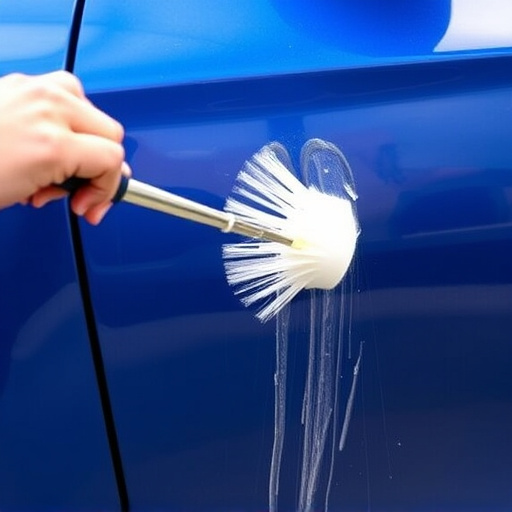
After repainting plastic bumpers, there are several noticeable benefits that enhance both the aesthetic and functional aspects of the vehicle. The process effectively hides or minimizes the appearance of dents or scratches, restoring the bumper to its original condition or even improving upon it with a fresh, vibrant finish. This visual transformation can significantly boost the overall curb appeal of the car, making it look as good as new.
In addition to cosmetic advantages, repainting is a crucial step in the plastic bumper repair process for practical reasons. It ensures that the repaired area seamlessly integrates with the rest of the vehicle’s exterior, maintaining structural integrity and water resistance. This is particularly important for plastic components, which can become brittle or lose their flexibility over time. Proper repainting also facilitates better adhesion of protective coatings, thereby increasing the longevity of the repair job and safeguarding against future dents or environmental damage, ultimately contributing to efficient collision repair services and enhanced automotive body work.
Repainting is an integral part of the plastic bumper repair process, ensuring not only aesthetic restoration but also enhancing the durability of the repaired component. By carefully following a structured approach, from preparation to application, as outlined in this guide, you can achieve a seamless and long-lasting finish. Remember, proper repainting techniques are key to maintaining the overall quality and value of vehicles undergoing plastic bumper repair.
